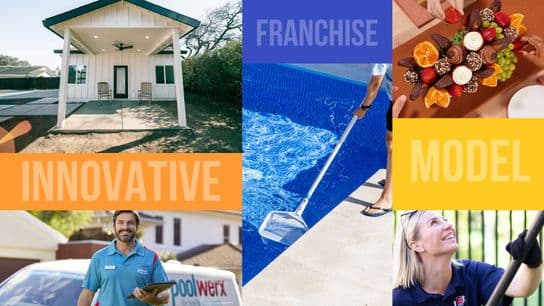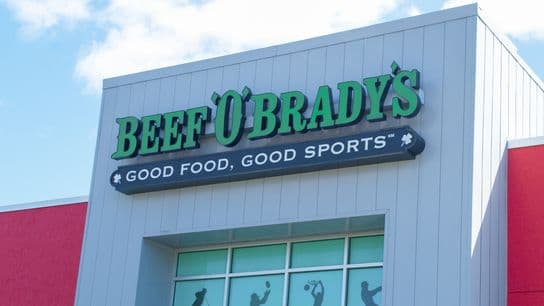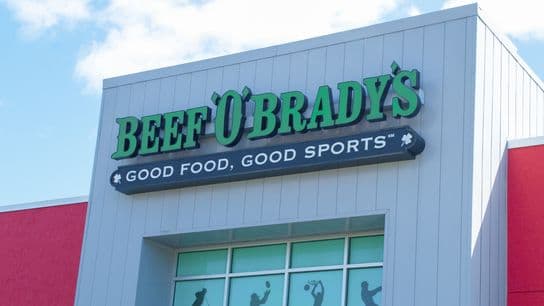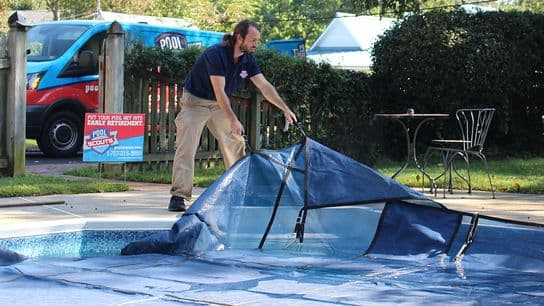What Oregon's Economic Outlook Means for Franchisors
If you’re a franchisor looking to develop your business in Oregon, you’ll want to consider the state’s policy variables and growth rates when scaling your plans.
This summer, ALEC-Laffer published its annual Economic Competitiveness Rankings, which forecasts a state’s current standing within 15 state policy variables. The report features two different rankings: Economic Outlook — a forecast based on a state’s current standing in 15 state policy variables — and Economic Performance — a retrospective measure based on a state’s performance over a 10-year period from 2008 until 2018. For the state of Oregon, these rankings reveal a lot about where the state economy is going and where there is opportunity for their economy to grow.
- 2020 Outlook Ranking: 42
- 2008–2018 Performance Ranking: 8
The State
As a result of the COVID-19 pandemic, every state in the nation saw an increase in unemployment claims beginning in March. As the economy slowly begins to reopen, Oregon has been the state to watch in terms of employment growth and recovering — it was ranked first in the nation in employment recovery. However, that’s not to say the state hasn’t seen its share of struggle — over 505,000 residents have filed for unemployment since March and catastrophic wildfires devastated the West Coast this past summer.
Historically, Oregon’s economy has been reliant on manufacturing. In fact, prior to the COVID-19 pandemic, the industry had seen remarkable growth over the last 10 years — nearly doubling in some spaces. Businesses that have been able to survive have proven their resilience by tapping into their entrepreneurial spirits and retooling and reshaping their original model to adapt to changing consumer needs. According to one economist, travel and tourism in the state are sluggish, but the home sales and construction industries have injected hope into the economy, and the state hopes to see growth by the start of next year.
Making Sense of the Data
What does this mean for Oregon’s economy? To start with the Economic Performance report, the index shows that within the past ten years, Oregon has only been outperformed by seven other state economies. The performance index is based broadly on a state’s performance within State Gross Domestic Product, Absolute Domestic Migration and Non-Farm Payroll Employment — and Oregon has been ranked relatively high in all three categories. Oregon saw 45.2% growth in its gross domestic product and 13.2% growth in its non-farm payroll employment. The state ranked No. 9 in Absolute Domestic Migration, growing by 234,419 residents.
The Economic Outlook tells another story about the Oregon economy. The ranking is based on a state’s current standing in 15 state policy variables. Each of these factors, ranging from sales tax burden to state minimum wage, are influenced directly by state lawmakers through the legislative process. In this ranking, Oregon ranked No. 42 — the median of its collective rankings since 2013. Although it’s currently ranked relatively low, the state’s economy still has more potential to grow than eight other states.
The report indicates that, generally speaking, states that spend and tax less experience higher growth rates than states that spend and tax more. While this is an important finding for entrepreneurs looking to start their own business, it shouldn’t discourage them from investing in the franchise of their dreams if they're in a market with a slower growth rate. For states like Oregon, this presents an opportunity to grow. The dollar is projected to stretch further in Oregon than in most other states, and, in a time when the state is struggling under the pandemic, there will be people in search of new career opportunities.
When it comes to deciding where franchisors should develop their brand, it’s always important to look at the complete picture of what the region has to offer. Although in the past Oregon hasn’t stood out significantly in its performance, the diversification of the state’s economy could be a help in boosting that performance.
Franchise Growth Plans
So what should franchisors do with this information? Though most franchisors take a shotgun approach — meaning wherever a prospect franchisee inquires, the franchisor will typically entertain that marketplace — the strategy of looking at these overall policies can help them scale their business at a more efficient rate. With that said, the findings within the report should not be the deciding measure for franchisors, but they should play a role in the decision.
Here are a few franchise brands that are planning to grow in Oregon:
TWO MEN AND A TRUCK*
- Current units in state: 2
- Growth capacity in state: 4
- Total jobs created at max growth capacity: 92
Cheryl Ackley, franchise development specialist for the moving franchise TWO MEN AND A TRUCK, said the brand’s growth potential is significant and sees Oregon as a promising state to target.
“At TWO MEN AND A TRUCK, we look at many different pieces when defining territories, specifically using data on individual household incomes, population and ZIP codes,” said Ackley. “These reflect how the full-service moving experience will impact our communities in a positive way by moving our customers forward.”
Renovation Sells*
- Current units in state: 0
- Growth capacity in state: 5+
- Total jobs created at max growth capacity: 100
Micheal Valente, CEO of home renovation franchise Renovation Sells, notes that the brand is primed and ready for growth in Oregon.
“As we embark on franchising our opportunity, we have the benefit of a business model that fills a gap in the marketplace as well as ample territory availability across the country,” said Valente. “2020 has been an interesting year — that's for sure — and it's proven how resilient our business model is. We're excited to expand and establish a footprint in areas that are experiencing a real estate surge as millennials are reaching home-buying age. We also look at communities that have a large amount of older, dated homes that can greatly benefit from simple renovations to increase their value in the marketplace.”
BeBalanced Hormone Weight Loss Centers*
- Current units in state: 0
- Growth capacity in state: 5+
- Total jobs created at max growth capacity: 75+
David Cutillo, CEO of the hormone-based weight management franchise BeBalanced, says Oregon is an ideal location for growth based on the brand’s strategic plan to expand.
“Our growth strategy has always been very deliberate — very strategic,” Cutillo said. “We’ve been careful to make sure every aspect of our operations has been perfected and that we have strong brand awareness before breaking into a new market. Right now, everything is aligned for us, and we’re excited to take full advantage.”
Franchise Brands Headquartered in Oregon
*This brand is a paid partner of 1851 Franchise. For more information on paid partnerships please click here.









